Choosing headphones? You got this.
Of all the everyday gadgets that impact quality of life, headphones are near or at the top of the list. We run with them on, we take them to bed, we wear them on trains and planes - some of us even eat, drink, and go to sleep under headphones. The point? A good pair improves your quality of life. And a not-so-good pair? Not so much. So stick with us here, and in the next 5-10 minutes we’ll cut through the confusion, help you narrow your choices, and maybe even open your eyes as well as your ears. And if you’re just looking for some of the most commonly asked questions. headphone accessories, or want to skip ahead to see a list of our favorites, go for it — we’ll meet you further down.
6 Steps to Choosing the Right Headphones:
Headphone Buying Guide Cheat Sheet
If you’re only going to read one thing, read this.Here are the most important things to ask yourself and know when choosing your next pair of headphones, in bitesize form.
-
How will you be using them? Are you looking for headphones that don’t fall off when you jog? Or headphones that block out the world on a crowded plane? The point: how you plan to use your headphones should influence which type you buy. And there are several types.
-
What type of headphones do you want? On-ear headphones rest on your ears, while over-ear headphones cover your entire ear. And though in-ear headphones aren’t best for pristine audio quality, you can do jumping-jacks in them – and they won’t fall out.
-
Do you want wired or wireless? Wired = a perfect full-strength signal, always, but you remain tethered to your device (your phone, mp3 player, TV, etc.). Wireless = you’re free to move around, even dance with wild abandon to your favorite song, but sometimes the signal isn’t 100%. (Though most wireless headphones do come with a wire, so you get the best of both worlds.)
-
Do you want closed or open? Closed as in closed-back, meaning no holes to the outside world (everything is sealed). Open, as in open-back, with holes and/or perforations to the outside world. Close your eyes, and the former ensures you remain in your own world, with nothing but the music. The latter lets your music out, creating a more natural listening experience (similar to a regular stereo).
-
Choose a trusted brand. We have a rep for testing and vetting brands — we put them all through the wringer.
-
Buy your new headphones from an authorized dealer. And get the manufacturer's warranty, service, and support. (In our case, guaranteed support even long after the sale.)
-
Or just skip the rest of this and buy one listed here: The Best Headphones of 2023. Then give yourself a standing-O. You now have what our experts are calling one of the best pair of headphones anywhere, at any price. Any questions? You’re welcome to call and speak to one of our experts– anytime.
6 Steps to Choosing the Right Headphones
# Step 1. Identify how you will use your headphones.
Will you be using your headphones while traveling, sitting in your listening room, or at the gym? Or maybe all three? Different headphones will be better for different situations — and the rest of this guide will help you identify the right ones for you.
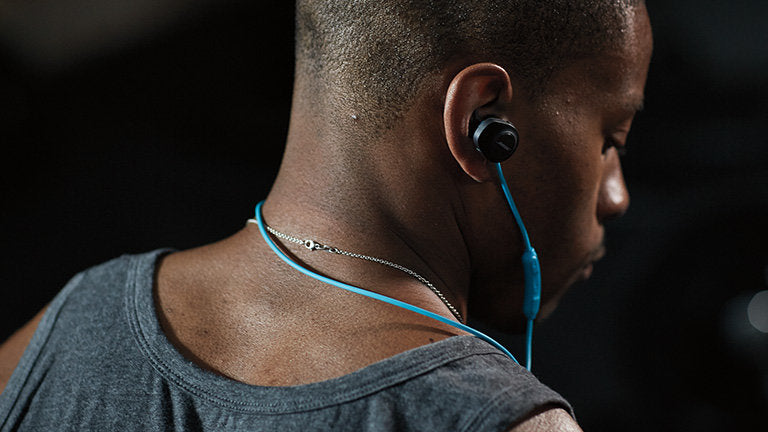
Bose SoundSport Wireless Earbuds
# Step 2: Choose the right headphone type.
The biggest decision of all.
Before we get to wireless variations, noise cancellation, smart features, etc., you need to settle on your preferred headphone type first, so let’s do it. The three basic variations headphones styles are: Over-ear, on-ear, and in-ear.
Over-Ear Headphones
The biggest of the three types, over-ear headphones surround or cup your ear and stay on via light pressure on your temple and upper jaw. Over-ear headphones are the classic, original style headphones and they come in two versions: closed and open. Closed-back headphones naturally keep your music in, preventing others around you from hearing what you're listening to, while open-back headphones have openings that let outside sounds in and inside sound out. (The effect here is a more natural, spacious sound, but more on that in a bit.)
The Good
Over-ear headphones are the only type that leave a space between your ears and the headphone speakers. On a good pair, that space does what a good concert hall does: envelops you in sound that is natural, while lending a sense of distance between you and the performance. So music on a good set of over-ear headphones is killer, which is why so many sound engineers and music producers prefer them.
The Not-So-Good
Typical over-ear headphone complaints include: Too bulky. Too big. Claustrophobic. I can’t hear the doorbell. “My ears feel like they get hot.” After an hour, I get ear fatigue. (Whatever that is.) But keep in mind, comfort is a matter of personal preference. Some of the more premium headphones are built with materials like lambskin and memory foam to improve comfort.
What else?
If you try to run or work out in over-ear headphones, they can make your ears sweaty. But if you’re on a 6-hour flight and you really, really need to block out the world, over-ear is best — especially with noise-canceling built-in. Lastly, bigger is always better with sound, and bigger over-ear headphones = bigger speakers + bigger (longer) battery life.
P.S. Fit & finish on a high-end pair of over-ear headphones is often gorgeous.
On-Ear Headphones
On-ear headphones are generally smaller and lighter than over-ear headphones, and they stay on your head via pressure directly on your ears, like ear muffs. On-ear headphones also come in open and closed variations, but as a rule, on-ear will let more ambient sound through than over-ear headphones.
The Good
On-ear headphones are the best compromise between blotting the aural world out while letting some sound in, making it ideal for the office or your at-home listening room. Many models fold up into a neat little portable package, and some say on-ear headphones don’t get hot like over-ear headphones. (Though we think the “hot” issue is, no pun intended, usually only an issue if you're working out in them and get overheated. Nothing actually gets hot.)
The Not-So-Good
Typical on-ear headphone complaints: Too much pressure on the ears hurts after a while. They fall off when I shake my head. Some ambient sound gets in no matter what. They pinch my earrings. I miss the deeper bass tones you get with over-ear models.
What else?
Some would argue that a good pair of on-ear headphones (with excellent noise cancellation built-in) is on par with an over-ear equivalent at the same price.
In-Ear Headphones
Often called earbuds or earphones, in-ear headphones are the smallest of the three types and fit in the ear canal. They’re also everywhere these days, thanks in large part to Apple including a pair with every iPhone. (Some are even disposable. And those, we recommend disposing.) There’s a lot to love with in-ear headphones, and a lot to not love, but bottom line: 5 bucks says you have a few in a drawer somewhere and you already know the following.
The Good
In-ear headphones are awesome (cannot-be-beat) for working out or doing anything active since they're more portable and often feature water/sweat-resistant materials. They're convenient, as in stuff them in your pocket or hang them around your neck. Earbuds with noise-cancelation are also surprisingly good. They don’t muss up your hair or interfere with your glasses or earrings. And the better ones sound better than you might think, given their size. (Caveat to follow.)
The Not-So-Good
In-ear headphones tangle easily (unless they come with a tangle-free cord or you go with a pair of truly wireless headphones.) After a while, they can feel intrusive. They’re easy to lose. And the biggie: though we just said “sounds better than you might think,” don’t take that to mean they’re as good as their over or on-ear cousins. Overall aural quality and bass suffers as a result of the small size (again, unless you go for a premium pair of in-ears).
What else?
If you’re buying headphones for working out, you want in-ear headphones. (You can move on to the next section.) Some models come with attachments (sometimes called “fins”) for a more comfortable and more secure custom fit. And some models have ingenious smart and touch features - so you can answer your phone, switch playlists, mute volume, that sort of thing – without fumbling around.
# Step 3: Closed or Open-Back Headphones?
Closed-Back Headphones
Here, the outer casing has no holes or vents and the entire structure is built to cup your ear. (The part that touches your face and seals the space between your ears and the outside world is, of course, a soft, cushiony material of some sort.) And the drivers are seated in the ear cup in a way that sends (or points) all sound solely to your ears. This is the most common design found in all types of headphones (over-ear, on-ear, and in-ear headphones).
The net effect: Close your eyes and you have an orchestra playing live inside your head. Meanwhile, the person next to you hears nothing. (Well, technically, nothing is 100% leakproof when it comes to audio, but you get the idea.) Bottom line: under closed-back headphones, you’re in your own world. Just add noise-canceling tech, and your world will seem far, far away from the real one.
Open-Back Headphones
Open-back headphones. See the vents and holes? With the drivers exposed to the outside world (as opposed to seated in the ear cups), sound gets through and lets air flow in and out of the ear. This creates more spacious sound (or soundstage) and the illusion of a regular stereo. Some say this is a more natural, less contrived way to hear music. And if we stick with our “like listening to an orchestra” analogy, this time you are in the conductor’s seat, on stage among the musicians.
The only caveat: Everyone around you will hear the music you’re listening to as a result, so they’re not ideal for public areas like a plane or train. The best places to listen to open-back headphones: at home or in the office (next to very understanding co-workers, of course.)
So now, hopefully, you know your preferred headphone type, and whether or not you want closed or open backed. So let’s keep going… the good stuff is next.
# Step 4: Wired or wireless?
This one’s easy, but we say it's a matter of personal preference.
First, a quick history: Once upon a time somebody invented Bluetooth, and then somebody else put Bluetooth in a pair of headphones (essentially inventing the world’s first pair of wireless headphones) and though yes, that was clearly a great idea, there was one big problem: music in first generation Bluetooth headphones sounded awful. As in tinny, spotty awful… or AM radio in a bowl of water awful.
That was then. This is now. Today’s premium Bluetooth wireless headphones are so awesome, sound quality is virtually indistinguishable from wired versions of the same thing. And you have two different types to choose from: wireless and truly wireless.
Wireless headphones have a cord connecting the two earbuds, like the Bose SoundSport in ears. With truly wireless headphones like the Bose SoundSport Free, there are no wires for connecting to a music source, and no wires between each earbud (see below).
And we could list the benefits that come with wireless headphones – the sense of freedom, no longer being physically tethered to a device, and so on — but why? This is a no-brainer: If you can afford wireless headphones, buy them. After all, almost every pair of wireless headphones on the market today also ships with a wire, so you still get the best of both worlds.
That said, there are still two big reasons to consider wired headphones. The first: If you’re a serious musician, sound engineer and/or audio tech, you’re going to want wired headphones for the higher quality audio and consistently better sound – no matter the conditions. True for audiophiles as well, and/or anyone who lives for their music.
The second big reason for wired over wireless: battery life. Bluetooth is a steady drain on the battery, and you can never really predict when the battery will run out. (Though you can expect 10 to 20+ hours on most wireless headphones.)
# Step 5: Noise cancelation.
To hear, or not to hear? That is the question.

Quick recap.
Ideally, at this point, you’ve picked your headphone style: Over-Ear, On-Ear or In-Ear. Then you chose either the open back or closed back design. Next, you weighed the benefits of wireless and noise-canceling technologies. Now, it’s on to the little – but still valuable – extras.
Back in 1978, an up and coming company called Bose became NASA-like, throwing its considerable talents against a sophisticated noise-canceling technology that would take 11 years to perfect in their headphones. Today, that technology is only better, and in fact, Sony’s own version is so otherworldly good, you’d think they’re using witchcraft or magic somehow.
The real story here: there are two different types of noise cancelation headphone technology, and both work to eliminate the noise around you (like the annoying barking dog next door or the kids watching cartoons) so you can focus on your music. “Active noise-canceling,” is a new methodology where unwanted sounds are eliminated via new sounds created and tailored to cancel them out. “Passive noise-reduction” is less expensive, needs no power, and uses insulating techniques to prevent unwanted noise.
Enough backstory. Here’s the deal:
If you haven’t bought headphones in the last three years, you’re in for a really nice surprise. It’s hard to overstate how much better quality headphones are – over-ear, on-ear, or in-ear – with the latest noise-canceling tech inside. Whether it’s the sound of a busy plane or train interior, the city at night, the buzz of nearby office workers or even the hum of light machinery nearby, it all goes away, leaving nothing but you and your music.
The best noise-canceling headphones are indeed pricey (expect to spend upwards of $149), and contenders for “best of noise-canceling” include MVPs like Bose and Sony.
# Step 6. Options, add-ons, and accessories.
A few ways to make a good thing even better.
Amplifiers
Headphone amplifiers range from $99 to $5000. (No doubt Bruno Mars has the 5K one.) Why you’d want one: A good headphone amp takes headphone performance up a few notches, from “hey, that sounds better” to “wow, Taylor Swift is way better than I thought.” How it works: Among other things, a headphone amp will access nuanced low-level digital information often buried during recording. The result: more clarity, a bigger dynamic range and incredible detail.
Using a headphone amp is easy as 1, 2, 3. 1) Plug in the headphone amp AC. 2) Connect the headphone amp to your device with the right patch cord. Most amps come with different patch cords, just pick the one that works with your device, whether a phone, tablet, receiver, etc. 3) Plug your headphones into your new headphone amp. Done.
DACs
DAC = Digital to Analog Converter. Digital music in the form of an MP3 file is heavily compressed, and as a result, lacks the detail and dynamics that were part of the original analog recording. But a DAC turns that digital file back into an analog file… and that analog file is much closer to the original studio recording. Although every digital music player already comes with a DAC, a separate, better DAC will convert your music files more faithfully. The result: better, richer, cleaner, more accurate sound. (A DAC requires a headphone amp to work, although most of the ones you'll find are amps, too.)
A DAC lives between your device – whatever you listen to music on (smart phone, tablet, mp3 player, and so on) –& and your headphones. One cord connects your DAC to your device, and another cord connects your headphones to your DAC. You’re up and running in seconds.
Cables & Stands
Many over-ear headphones will come with their own cases to protect against dust, dirt, and damage. But if you listen to them frequently and want to show them off, a headphone stand is a great option for displaying your gear. In the case that you need to upgrade your headphone cable or ear cups, some brands sell replacement parts to keep your headphones like new.
What about music type?
What headphones work best for listening to progressive rock? What about contemporary classical music?
At the end of the day, headphone preference is totally subjective. Some might prefer a little more bass, even though they only listen to baroque classics, while someone else really cares about the vocals in hip-hop. So our advice: it isn’t something you’ll need to worry about. And if you’re purchasing a premium pair of headphones (think $600+), you can be sure every little detail is delivered with pristine clarity.
Why such big differences in prices?
A high-end pair of headphones, say anything in the $1K to $5K range, is built using the finest materials, and more often than not, assembled, calibrated and tested by hand. (Headphones less than $1K are typically mostly robot-built, like most cars, with some hand-assembly.)
For example, the earcups on Focal’s Utopia headphones are wrapped in Italian lambskin leather over high-density, memory-foam. The yoke is perfectly balanced, made from carbon fiber, also leather wrapped, and really, really comfortable. Inside, pure beryllium speaker drivers, and not to get overly technical: a frequency response from Focal’s transducer that ranges from 5Hz to more than 50kHz – without any crossover or passive filtering – which is amazing, and very close to perfect. Even the cord is special, and specifically selected to respect and maintain the original audio signal with a special shielding to protect it from interference.
On the lower end, if you can live without Italian lambskin and pure beryllium drivers, you can still get spectacular sound for far less. (And BTW, at World Wide Stereo, if we don’t think something’s worth the money because of inferior sound quality or build quality – we don’t carry it.)
What about the warranty?
When you buy from an authorized dealer, your new headphones will come with the full manufacturer's warranty. What’s more, with an authorized dealer, you also get phone and email support from the dealer in addition to support from the manufacturer.
FAQ
FAQ
Why is the volume of my headphones always so low?
There could be a few reasons! Here are a few things to look out for:
- Check your hardware. Make sure they’re completely plugged in, and make sure your hardware (the jack) is clean. If you’re using earbuds make sure they’re clean and not clogged up. For wired headphones, make sure there isn’t any damage along the wires of your headphones.
- For wireless headphones, you could have interference from things like a metal desk in between devices. You should also ensure you aren’t too far from your device; this will weaken the connection and could affect your listening experience.
Why do my headphones hurt my ears?
There are a few reasons headphones/earbuds cause discomfort. First things first, make sure they’re well-adjusted and fit right. A poor fit can put excess pressure on your head and ears and cause irritation and discomfort.
You should also watch how loud you listen to music. We get it, sometimes you just gotta turn the volume up! Just do it responsibly. Volume levels at or above a threshold of 85 decibels can cause hearing loss, ear pain, or tinnitus.
If you use earbuds, you have the aforementioned noise risks, but if not cleaned properly they can introduce bacteria and allergens into the ear canal. Everyone's ears are different, if your earbuds/headphones didn’t come with different size earpieces, that could also cause discomfort if they don’t properly fit your ears.
Are headphones bad for you?
It’s all about moderation and responsibility. If you use headphones at lower volume levels, don’t have them on 24/7, clean your earbuds, and take the extra time to make sure that everything fits and feels right, you should be just fine. However, if you play your music as loud as you can all day every day, never clean your earbuds, and wear headphones that don’t fit, you may run into some issues.
Which headphones are the best?
What a loaded question… That depends on what you’re looking for! Do you want portability? Superior noise cancelling? How passionate are you about audio quality? Think about what you want most out of your headphones and take it from there! Once you have an idea of what you want take a look at our Best Headphones of 2023 list to see our recommendations for any need at every price point.
Can headphones cause tinnitus?
Yes. If you regularly listen to music at or above an 85-decibel threshold you can cause temporary or permanent hearing damage and tinnitus. So be safe! Just turn the volume down a few notches, you’ll be happy you did.
Are headphones better than earbuds?
Earbuds tend to be cheaper, more portable, and better for use when working out. However, headphones tend to deliver better audio quality, noise cancellation, and battery life.
Because earbuds are in your ears the volume level can naturally increase by 6-9 decibels, and since the noise cancellation is usually not as good as over-ear headphones you may find yourself reaching for the volume button more often. This isn’t necessarily a bad thing, but it’s very easy to get carried away and listen to music at ear damaging volumes without even realizing the damage you’re doing.
Are headphones waterproof?
It may be hard to find a waterproof pair of headphones, but there are waterproof earbuds! Take a look at our selection of waterproof earbuds here.
Will headphones help with airplane pressure?
Ordinary headphones will not help. The popping effect is caused by changing air pressure and density inside the plane. However, there are some special earplugs made to help deal with changing pressure!
Noise cancelling headphones can also help you enjoy the rest of your flight by drowning out loud engine noise and helping you sleep better during long flights. Studies have found that listening to music has reduced anxiety by a whopping 68%! So grab a pair of noise cancelling headphones (we recommend the Sony WH-1000XM4s), block out the excess flight noise and noisy seat neighbors, put on your favorite playlist or podcast and relax.
Still not sure?
No problem. We’re here, and this is what we do every single day.
At World Wide Stereo, we carefully vet all of our headphone brands and models so you don’t have to, and our 40-year near perfect track record and #2 Customer Service rating from USA Today says it all. Your new headphones are an investment, buy them from a trusted dealer with a stellar track record and you’re good as gold.
And if you’re still not sure which headphones are right for you, or if you have a question we didn’t answer, or a unique situation — do not hesitate to pick up the phone and talk to us. Seriously, we live for helping customers make great choices, whatever the budget or situation. The way we see it: when we do right by you, whether now, next year, or even years after a sale, you’re going to come back. And probably more than once. Eventually, we’re on a first name basis… and if you’re in the neighborhood, you’re even stopping by for our special events, and chatting with our experts. Life is good.
Thank you for reading – and enjoy your awesome new headphones!
Sincerely,
Bob, Ron, Gavin, Kristin, Emily and the rest of us at World Wide Stereo.
About World Wide Stereo
World Wide Stereo is a home entertainment technology store with a 40-year history, a storied past and a stellar reputation within the industry. We love we what we do, and we love talking about what we do. Our only rule: “no one leaves unhappy.”


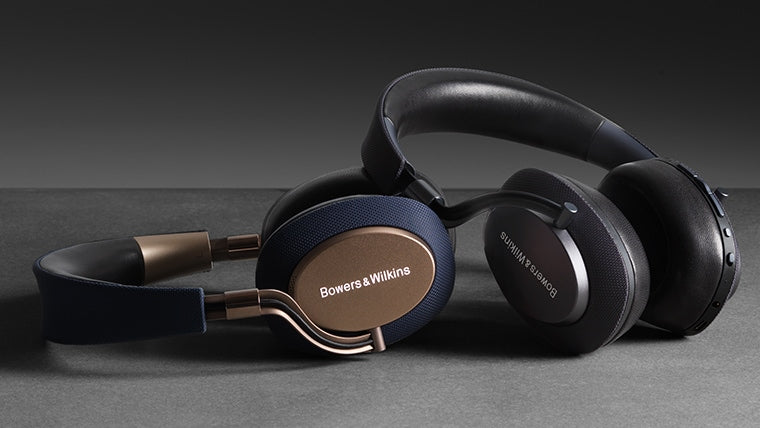
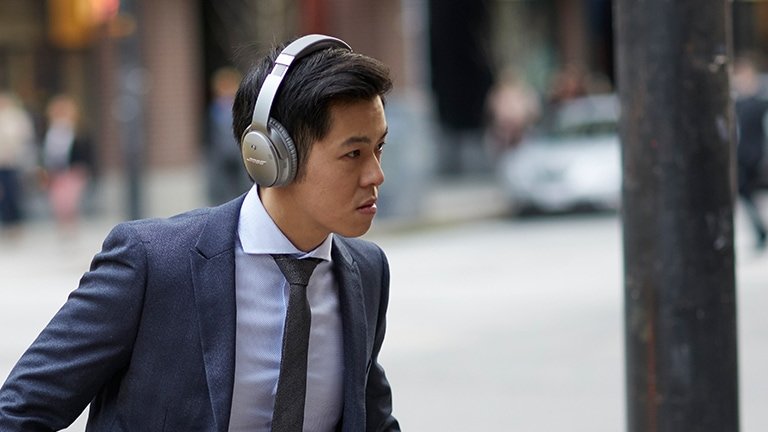



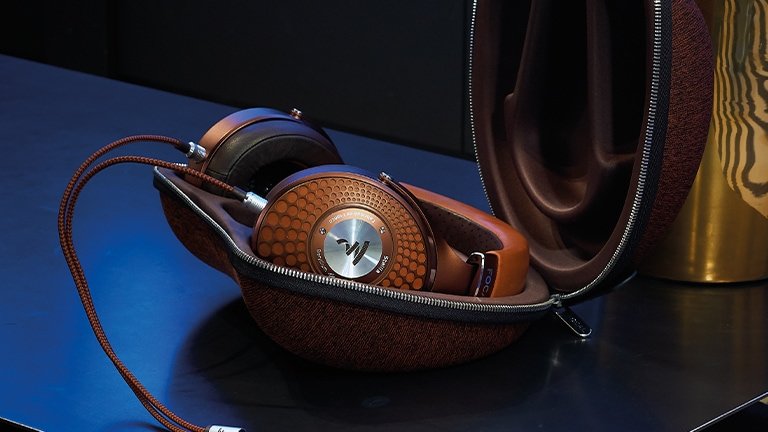
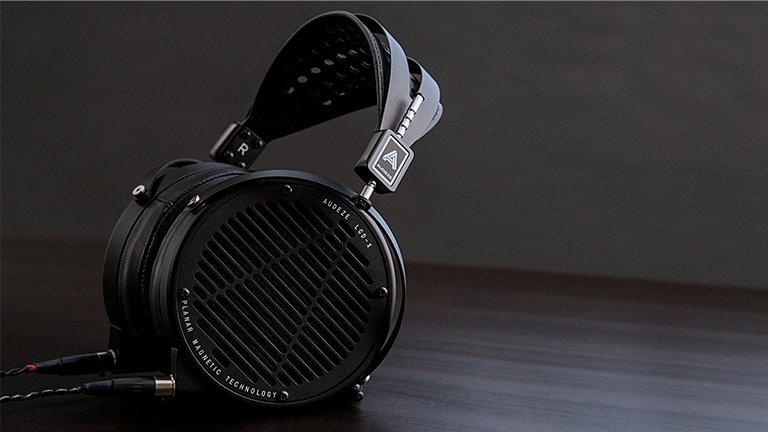
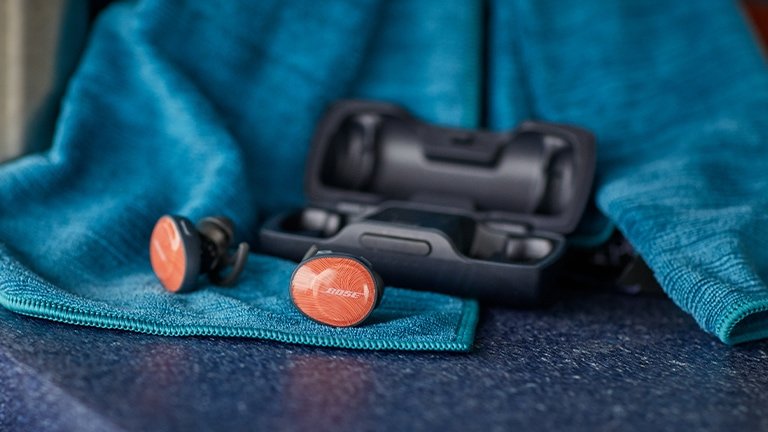


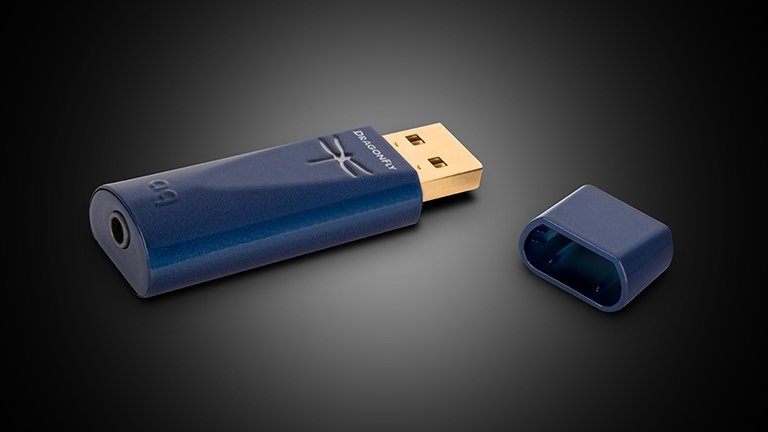
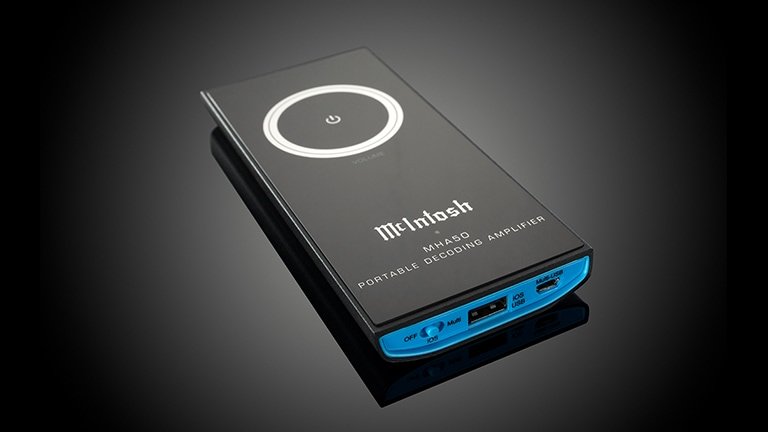
Comments (2)
Please share your thoughts below.
LEAVE A COMMENT2 Comments
What an incredibly detailed and well-researched guide to the best headphones in India! As someone who values quality audio, this post has become my go-to resource for finding the perfect pair.
Thank you for your detailed guide. It was pleasant to read and very informative. Now, hopefully I can find a pair I need within a week before my flight!